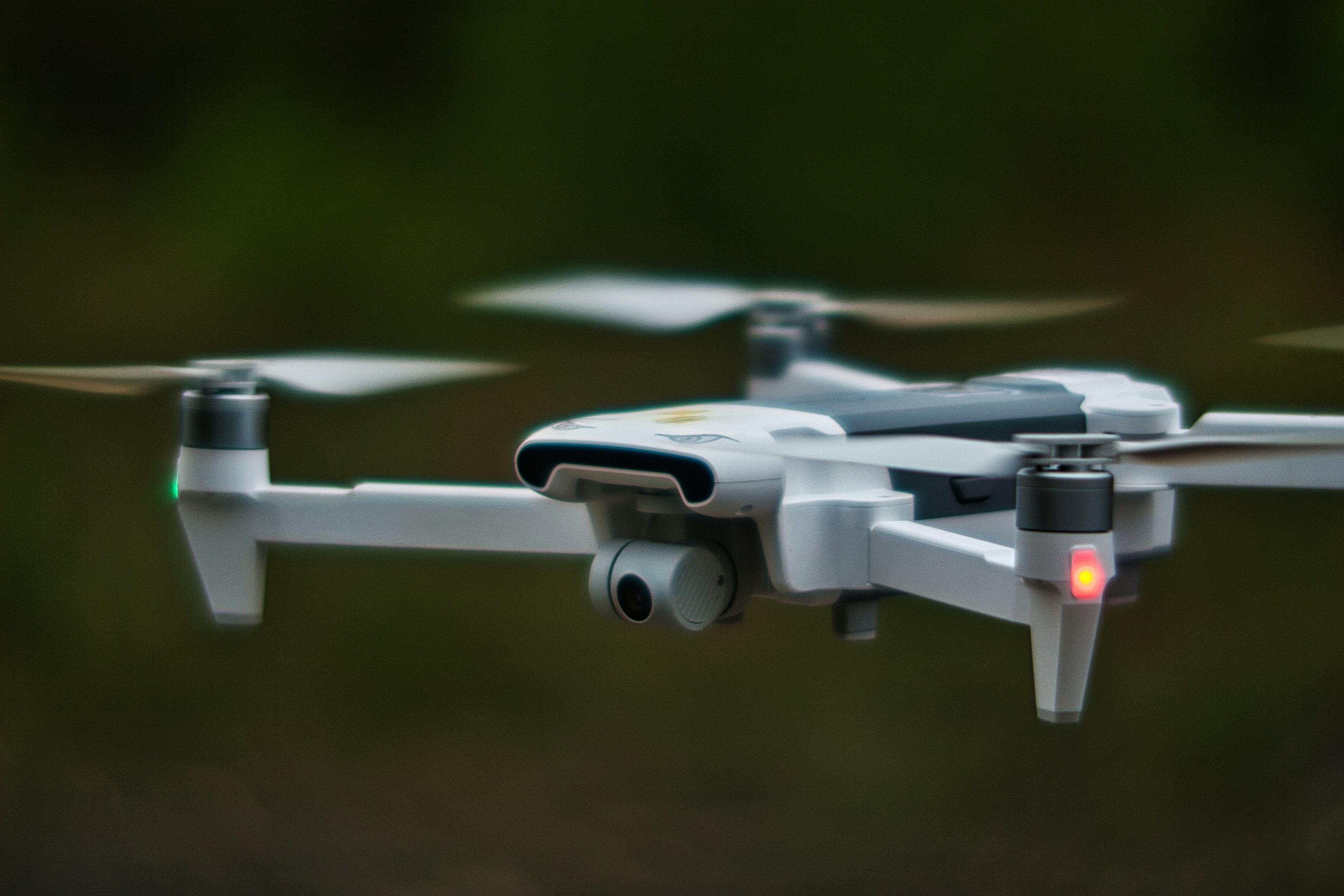
How to Find Hidden UAV Jobs in the UK Using Professional Bodies like IMechE, RAeS & More
Unmanned Aerial Vehicles (UAVs), commonly known as drones, are transforming industries in the UK—from surveying, inspection, and agriculture to emergency services, logistics, and defence. As the sector evolves, so too does the demand for skilled UAV professionals: pilots, systems engineers, data analysts, AI specialists, and regulatory experts.
Yet many of the best UAV jobs—especially in R&D, government contracts, and specialist commercial operations—are never advertised publicly. They’re often filled through trusted networks, working group referrals, pilot programmes, and specialist community engagement.
In this guide, you’ll discover how to access hidden UAV jobs in the UK by engaging with professional bodies like the Institution of Mechanical Engineers (IMechE), Royal Aeronautical Society (RAeS), APRIL (UK), and regional drone networks. You’ll learn how to use directories, CPD events, special interest groups (SIGs), and industry clusters to position yourself at the forefront of opportunity—before roles are even published.
Why UAV Jobs Stay Hidden
UAV hiring in the UK is often discreet because roles:
Are tied to pilot programmes or innovation grants
Require security clearance or specialist qualifications
Emerge within closed consortia (e.g., emergency services, defence)
Are filled via internal or peer recommendations
Are designed around trusted contractors or collaborators
This makes the hidden UAV job market a goldmine—for those active in the right networks.
1. IMechE – Institution of Mechanical Engineers
What It Is:
IMechE supports engineers across mechanical, aerospace, systems, robotics—and increasingly, UAVs and unmanned systems.
Why It Helps:
Drones & Unmanned Systems SIG: Join events on aircraft design, propulsion, autonomy, and regulatory compliance.
Pilot Programme Workshops: Attend innovation rounds and case studies from companies and operators.
Professional Directory: Make yourself visible to employers specialising in UAV integration, design, or operation.
Chartered Engineer (CEng): Signals credibility to defence, commercial, or governmental hiring teams.
Pro Tip:
Offer to present a UAV use case or regulatory insight at a SIG event—these attendees often include hiring managers and project leads.
2. RAeS – Royal Aeronautical Society
What It Is:
RAeS is the UK’s professional body for aerospace and aeronautics, covering UAVs within manned/unmanned systems integration.
Why It Helps:
UAV Specialist Groups: Access chapters focussed on urban air mobility, BVLOS (Beyond Visual Line of Sight), and certification.
Conferences & CPD Briefings: Attend technical forums attended by senior industry players and regulators (CAA, NATS).
Professional Recognition: RAeS membership adds weight with aerospace employers and government partners.
Job Board & Networking: Exclusive roles shared before appearing on public platforms.
Pro Tip:
Use RAeS events to network with companies designing UAVs for logistics, defence, energy, and infrastructure—many roles are on the horizon but not yet advertised.
3. APRIL UK – Association for Remotely Piloted Aircraft Systems Licensing
What It Is:
APRIL UK supports RPAS (remotely piloted air systems) integration, training, regulation and safety standards in civilian sectors.
Why It Helps:
Certification & Training Events: Meet CAA-approved operators and training organisations recruiting pilots, safety experts, and instructors.
Community & Regulation Updates: Stay informed on evolving drone laws—which often drive new programme creation.
Pilot Network: Connect with professionals experienced in commercial and industrial UAV operations.
Pro Tip:
Position yourself as a candidate by highlighting CAA accreditation and operational experience at APRIL events—many operators seek experienced pilots and instructors quietly.
4. Drone Industry & Regional Clusters
Several regionally focused drone hubs, incubators, and cluster groups support early-stage UAV deployment and hiring.
Examples in the UK:
Drone Ecosystem NL (NE England/N. Ireland)
West Midlands Drone Cluster
Scotland Drone Forum
Oxfordshire Drone Cluster
Surrey Satellite Technology & UAV Forums
Why They Help:
Local pilot programmes: NHS, police or environmental groups test drones in regional deployments—hiring operators or engineers mid-project.
Industry-Specific Role Sharing: UAV software, airspace management, data analysis and inspection roles often circulate internally.
Networking & Community Exposure: Personal introductions at demos often lead to direct offers.
Pro Tip:
Attend demos and workshops, share your own experiences, or volunteer as a pilot or technical support—cluster connections often lead to project-based roles.
5. Innovation Funding & R&D Networks
UAV sector growth is largely driven by Innovate UK, UKRI regional funding, Defence Science and Technology Lab (Dstl) grants.
Why It Helps:
Project Grant Funding: Grant awards often trigger hiring for engineers, pilots, or AI specialists.
R&D Partners & Spinouts: Companies formed from funded research (e.g., autonomous inspection, agri-drones) scale teams quietly.
PI & Consortium Networks: Academics and leads often have hiring needs built into funded projects.
Pro Tip:
Use the Gateway to Research tool to identify new UAV-funded initiatives across the UK. Reach out to the listed partners—many roles are not outwardly advertised.
How to Use These Networks Strategically
✅ 1. Complete a Targeted Profile
Use descriptors like:“UAV Systems Engineer | BVLOS | Payload Integration | CAA RPAS Qualified | UK/Remote”
✅ 2. Attend Events with Intention
Target specialist demos, RVLOS meetings, and cluster gatherings. Engage speakers and delegates—follow up after.
✅ 3. Volunteer or Contribute
Offer case-study presentations, written resources, or technical talks. These raise your visibility and spark direct inquiries.
✅ 4. Track USP Projects & Pilots
Using Innovate UK and regional funding platforms, identify UAV pilot schemes and contact them directly offering expertise or operations support.
✅ 5. Build Demonstrable UAV Experience
Show UK leads you can fly, integrate sensors, analyse data or manage UAV projects—via LinkedIn project snapshots, repository examples, or event case studies.
Why Hidden UAV Jobs Are So Common
✈ Confidential or live pilot programmes require trusted professionals🔐 Operational roles (BVLOS, defence, critical infrastructure) are filled discretely🤝 Start-up positions are frequently offered during pilots👥 Hiring happens via peer networks—not open ads
To access these roles, you need to be known, noticed, and respected in UAV circles.
Final Thoughts: Take Flight Within the UAV Community
To make UAV roles come your way—without waiting for job postings:
✅ Join IMechE and RAeS specialist groups✅ Engage in APRIL events and CAA briefings✅ Attend regional cluster demos & pilot programmes✅ Track grant-funded UAV R&D and project partners✅ Present, volunteer, share your UAV experience—so opportunity discovers you
Explore More UAV Career Resources
👉 Browse the latest UK UAV jobs at www.uavjobs.co.uk👉 [Subscribe for job alerts, demo invitations & industry insights from the UK drone ecosystem.]
💬 CTA for LinkedIn Group:
Want early access to UK UAV jobs, pilot programme updates & industry networking? Join our LinkedIn group – UAV Jobs UK and connect with pilots, engineers, operators & innovators across the UAV space.


